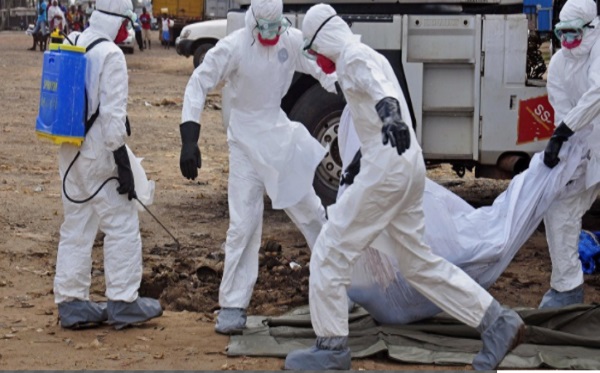Information is knowledge. for Uganda to fight the spread of Marburg virus, we must all arm ourselves with knowledge about the virus, be vigilant and corporate with the Ministry of Health by isolating and immediately and reporting suspected patients to be quarantined.
Uganda is no stranger to hemorrhagic fever, we have battled several outbreaks of Ebola, the worst outbreak reported in 2000 that killed 200 people. Marburg is named after a town in German where it was first identified in 1967 though the outbreak was traced back to infected monkeys brought from Uganda.
As a result of this, Uganda has become an expert of sorts when it comes to fighting hemorrhagic fever. the Ministry of Health is quick to respond. the health practitioners and locals as well are very efficient when it comes to responding to an outbreak. We are even able to lend our expertise to other countries the recent being Liberia in 2014/5. our health workers went to help them fight the Ebola outbreak which ravaged their country then.
Marburg virus disease is a severe and highly fatal disease caused by a virus from the same family as the one that causes Ebola virus disease. These viruses are among the most virulent pathogens known to infect humans. Both diseases are rare but have a capacity to cause dramatic outbreaks with high fatality.
On 17 October 2017, the Ugandan Ministry of Health notified WHO of a confirmed outbreak of Marburg virus disease in Kween District, Eastern Uganda. ... On 17 October, Marburg virus infection was confirmed at UVRI by RT-PCR and it was immediately notified to the Ministry of Health. Two people succumbed to Marburg in Kween.
Marburg virus disease (MVD) (formerly known as Marburg haemorrhagic fever) was first identified in 1967 during epidemics in Marburg and Frankfurt in Germany and Belgrade in the former Yugoslavia from importation of infected monkeys from Uganda.
Marburg virus is the causative agent of Marburg virus disease (MVD), a disease with a case fatality ratio of up to 88%.
Symptoms of Marburg include nausea, vomiting, red eyes, raised rash, diarrhea which may be bloody, chest pain, sore throat, stomach pain and severe weight loss.
The virus is spread to human through fruit bats and spreads among humans through human to human transmission.
The incubation period of Marburg virus is 3 to 10 days and the onset sudden with severe headache and malaise.
There is no licensed treatment for Marburg virus since vaccine is still being experimented on monkeys. Like Ebola, patients are given supportive hospital care by maintaining their fluids and balancing their electrolytes, replacing lost blood and maintaining good oxygen supply.
Avoid close contact with wild animals and handling wild meat. Avoid potential careers both live and dead, these include monkeys, fruit bats and infected humans.
We should be vigilant and report any suspected cases to the Ministry of health so that they can be isolated. this will curb the spread of the deadly virus.
Strict isolation and sanitary precautions are necessary to prevent the spread of Marburg virus. Health practitioners must don protective gear when handling these patients.

